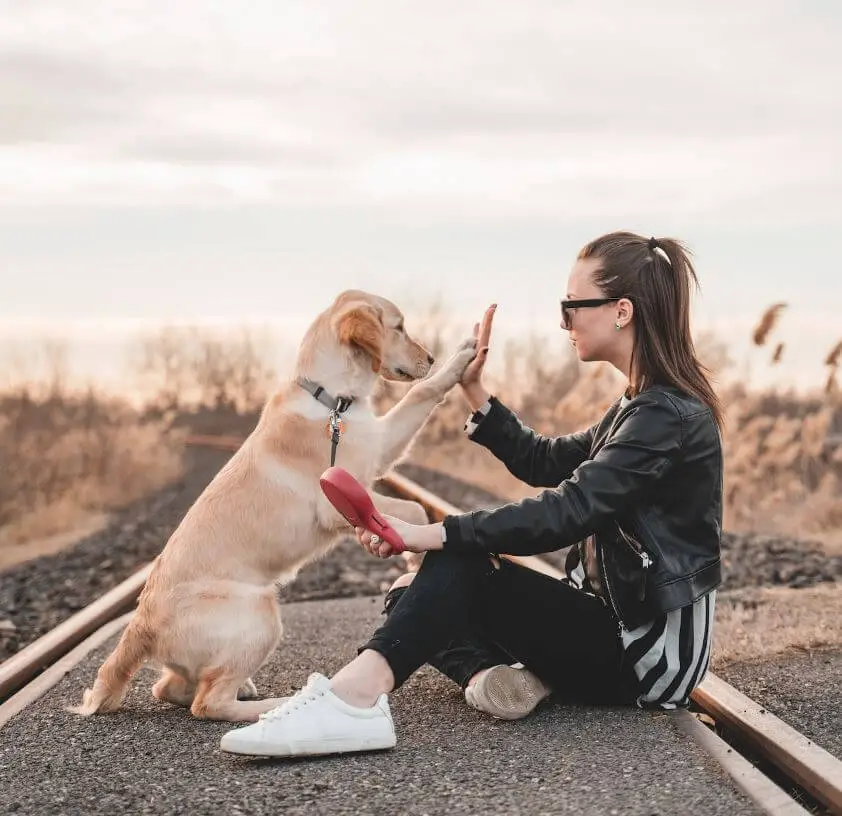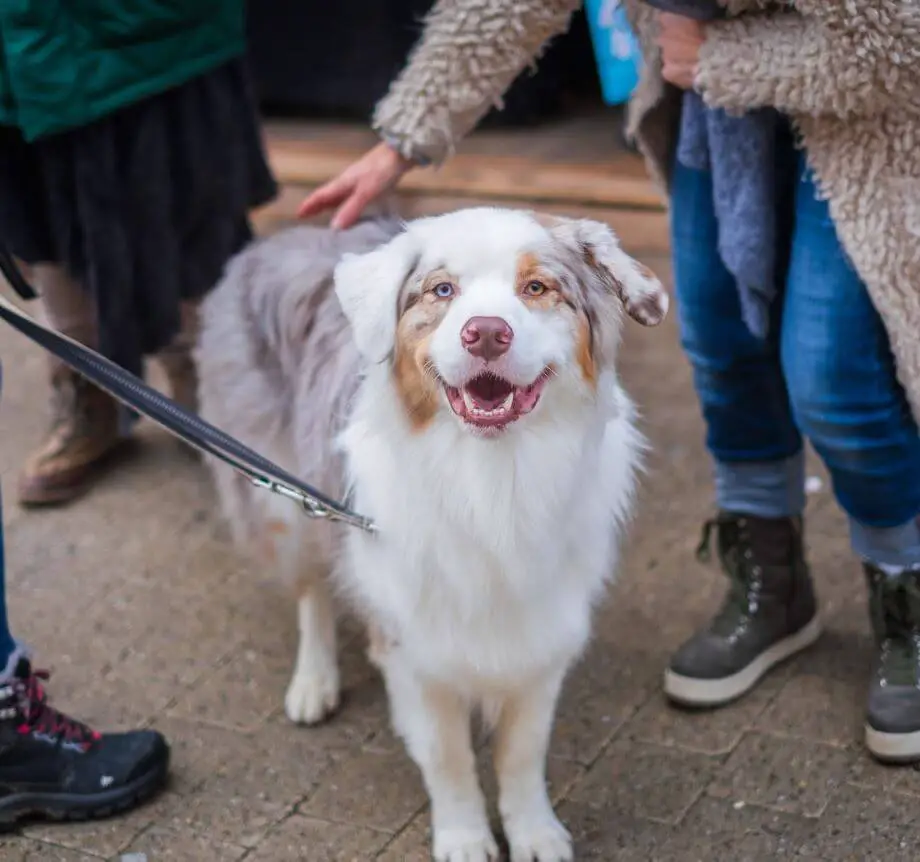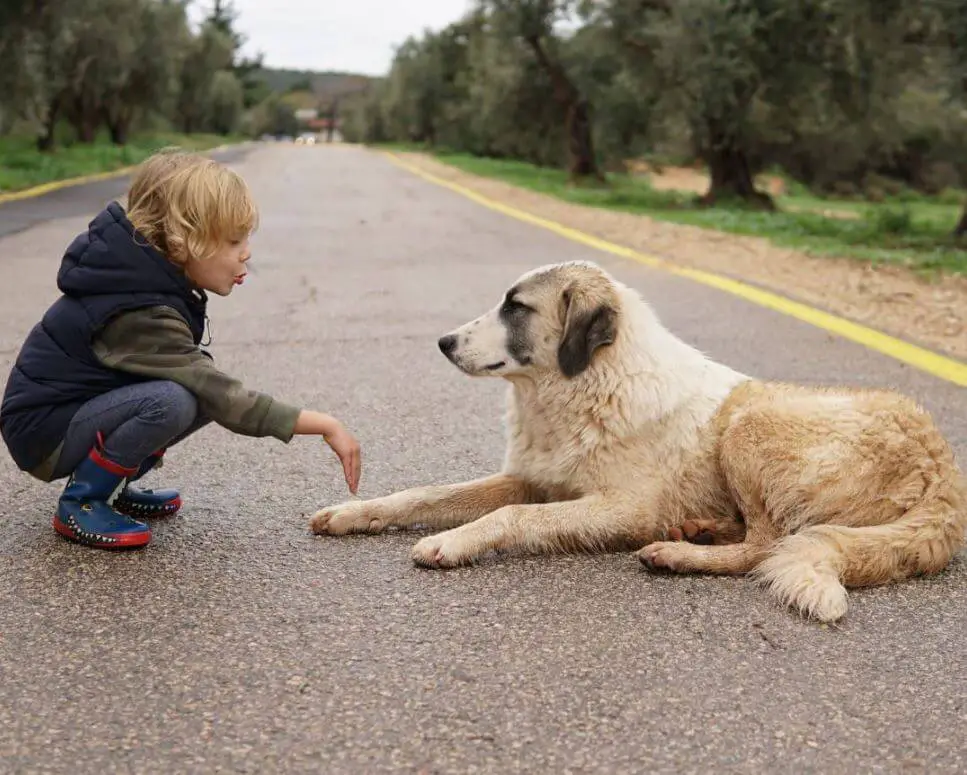The joy of conversing with our canine companions is a cherished aspect of the human-dog bond. Many pet owners wonder, “Do dogs like when you talk to them?” In this article, we will explore the intricacies of canine communication and delve into whether dogs derive enjoyment from the verbal interaction with their human caregivers.

The Human-Dog Bond:
The relationship between humans and dogs is built on a foundation of companionship, trust, and communication. Verbal interaction forms a significant part of this communication, as pet owners often find themselves chatting with their dogs during playtime, walks, or quiet moments at home. Understanding whether dogs appreciate this verbal engagement adds depth to our understanding of the canine-human bond.
Sensitivity to Tone and Cadence:
Research suggests that dogs are highly sensitive to the tone, pitch, and cadence of human speech. They can discern the emotional nuances conveyed through these elements, allowing them to interpret the mood of their human companions. Positive, upbeat tones often elicit enthusiasm from dogs, while calm, soothing tones can have a calming effect.
Positive Associations with Words:
Dogs can form positive associations with specific words through consistent repetition and positive reinforcement. For example, using words like “walk,” “treat,” or the dog’s name can trigger excitement and anticipation. This ability to associate words with positive experiences contributes to the enjoyment dogs derive from verbal communication.

Non-Verbal Cues and Body Language:
While verbal communication is essential, dogs also pay close attention to non-verbal cues and body language. Dogs are adept at reading facial expressions, gestures, and postures, enhancing their overall understanding of the messages conveyed by their human companions. Verbal communication, when coupled with positive body language, strengthens the bond between dogs and their owners.
Bonding Through Conversation:
Talking to dogs is not just a one-way street; it fosters a sense of connection and bonding. Dogs are known to respond to the rhythmic and melodic qualities of human speech. Engaging in conversations, whether recounting the day or simply expressing affection, can create a positive and interactive experience for both dogs and their owners.
Individual Variability in Preferences:
Just as humans have individual preferences for communication styles, dogs also display variability in their responses to verbal interaction. Some dogs may be particularly responsive to talking, while others may prefer physical touch or play. Understanding and respecting individual preferences contribute to a harmonious and enjoyable relationship.

Conclusion:
In the dynamic exchange of words and emotions between humans and dogs, the question of whether dogs like when you talk to them unveils the richness of the canine-human connection. While dogs may not comprehend the specifics of language in the way humans do, the evidence suggests that they derive joy and positive experiences from the verbal engagement with their human caregivers.
In conclusion, the joy of talking to dogs is a shared experience that enhances the human-dog bond. Whether it’s the tone of voice, positive associations with words, or the overall sense of connection, verbal communication plays a significant role in fostering a loving and communicative relationship between humans and their cherished canine companions.
